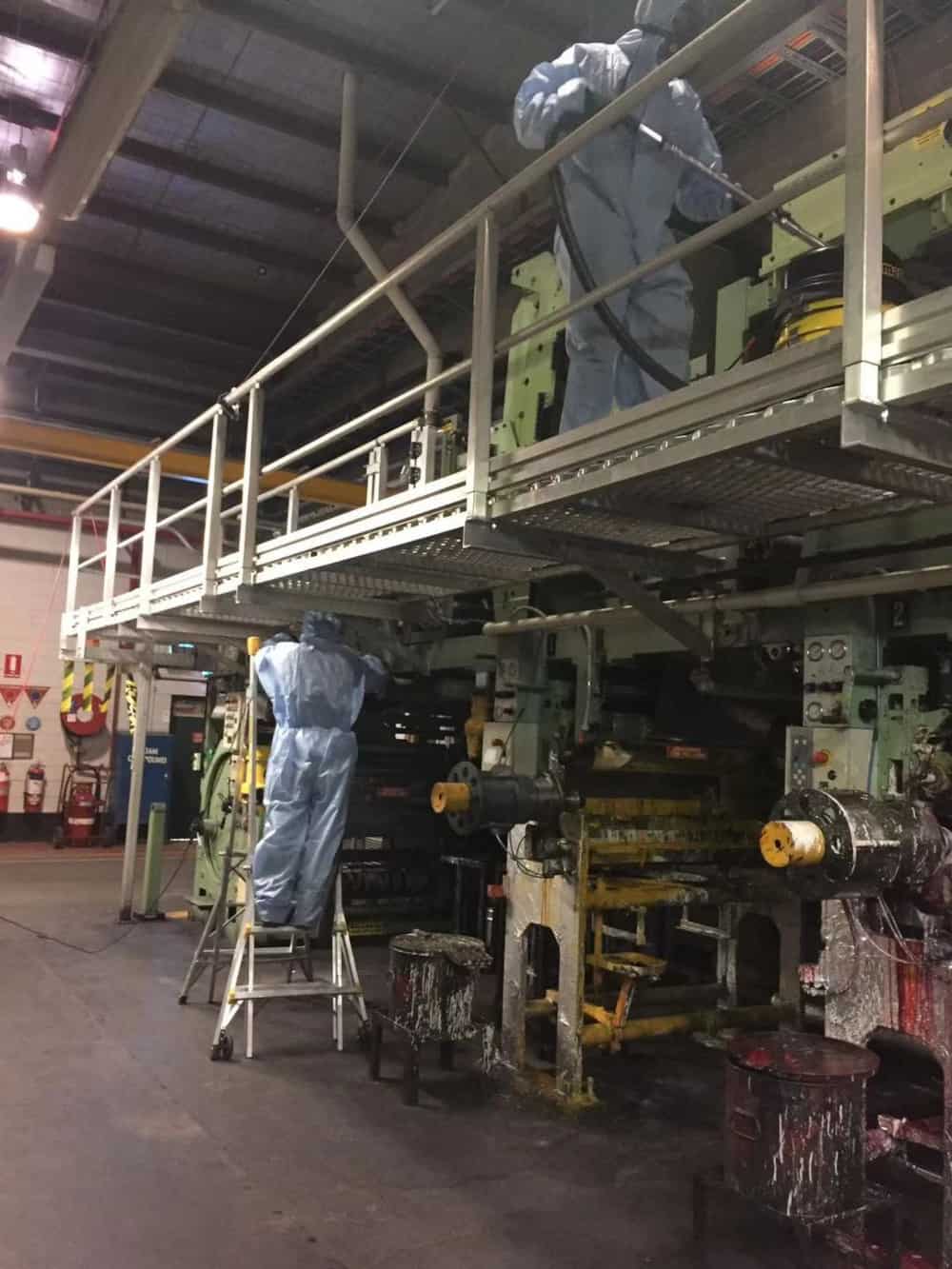The Asbestos Abatement Process: What to Expect
Asbestos is a highly dangerous substance that was used in the construction industry until the late 20th century. Asbestos was present in the flooring, roofing products, fireproofing, insulation material, ceiling and wall ingredients and adhesives of the old buildings. During the late 20th century, it was discovered that Asbestos contained harmful minerals that were extremely dangerous if exposed to the public. Therefore, the substance was made illegal in many countries around the world including the United States, Australia, etc. However, Asbestos still remains a matter of major concern as many buildings still contain the substance and due to its extremely hazardous nature, Asbestos removal is necessary.
Asbestos removal also referred to as Asbestos Abatement is a complicated procedure to remove, eradicate or minimize the effects of Asbestos. However, a thorough inspection of the site and the suspected material is necessary before formulating the asbestos removal plan. The inspection allows us to locate the presence of the asbestos as well as an understanding of the level of hazard. In some cases, the inspection can come to a conclusion that the asbestos is undisturbed and intact. Such cases do not demand asbestos removal rather keep it in a place of minimum risk of exposure. In other cases, risk can be high or considerable; such cases may occur if the Asbestos Containing Building Material (ACBM) is being obstructed by renovation or demolition. A plan should be devised prior to handling or coming in contact with the toxic substance.
Upon finding suspicious material that may be an ACBM, you must follow the instructions mentioned below. Testing the suspicious substance is of utmost necessity that can only be done by a licensed inspector sent by the industrial hygiene firm, so contact an industrial hygiene firm. The inspector is responsible to inspect and make a detailed evaluation of the location of the mineral, the degree of danger as well as the recommendations for its safe removal. If the presence of ACBM is confirmed, the industrial hygiene firm is responsible to formulate a detailed work plan that is used to engage bids from experienced asbestos removal contractors.

The Asbestos Abatement Process
Step 1: Asbestos removal starts with the formation of a detailed plan by the industrial hygienist. The plan contains a detailed analysis of the affected area and how it would be treated, the preparation and the cleaning process. The plan must also contain the legislature abided by the abatement contractor during the asbestos removal process.
Step 2: Contractors need to differentiate the affected area and mark it clearly so the public doesn’t come in contact with the hazardous material. The residents should also be informed and the building must be evacuated before performing further actions.
Step 3: All buildings have areas from where the toxic substance can release, therefore the asbestos removal team must make sure that all air vents are sealed and the HVAC system is disabled. They also need to protect those areas that are not being treated, by the use of thick plastic sheets, filtration, etc.
Step 4: To remove or repair the ACBM, the contractor should use hand tools and wet methods. The contractors must wear protective gear that includes respirators. After the ACBM is removed, it should be placed in disposal bags to be removed through a protective route.
Step 5: To minimize the scattering of Asbestos, High-efficiency particulate air vacuuming should be used while working on the removal and to clean the surfaces.
Step 6: After the Asbestos removal, the industrial hygiene firm must perform an inspection independently. The firm must also carry out air sampling pursuant to the requirements of the state and federal levels.
Step 7: Lastly, the contractor must get rid of the work area containment and once again clean the work area using HEPA vacuuming. Once the cleaning standards are met, the contractor should provide you with a detailed report of the waste shipment records, permits, site logs, and copies of all licensing. The industrial hygiene firm should also provide you with a detailed report regarding the inspection results and laboratory analysis.